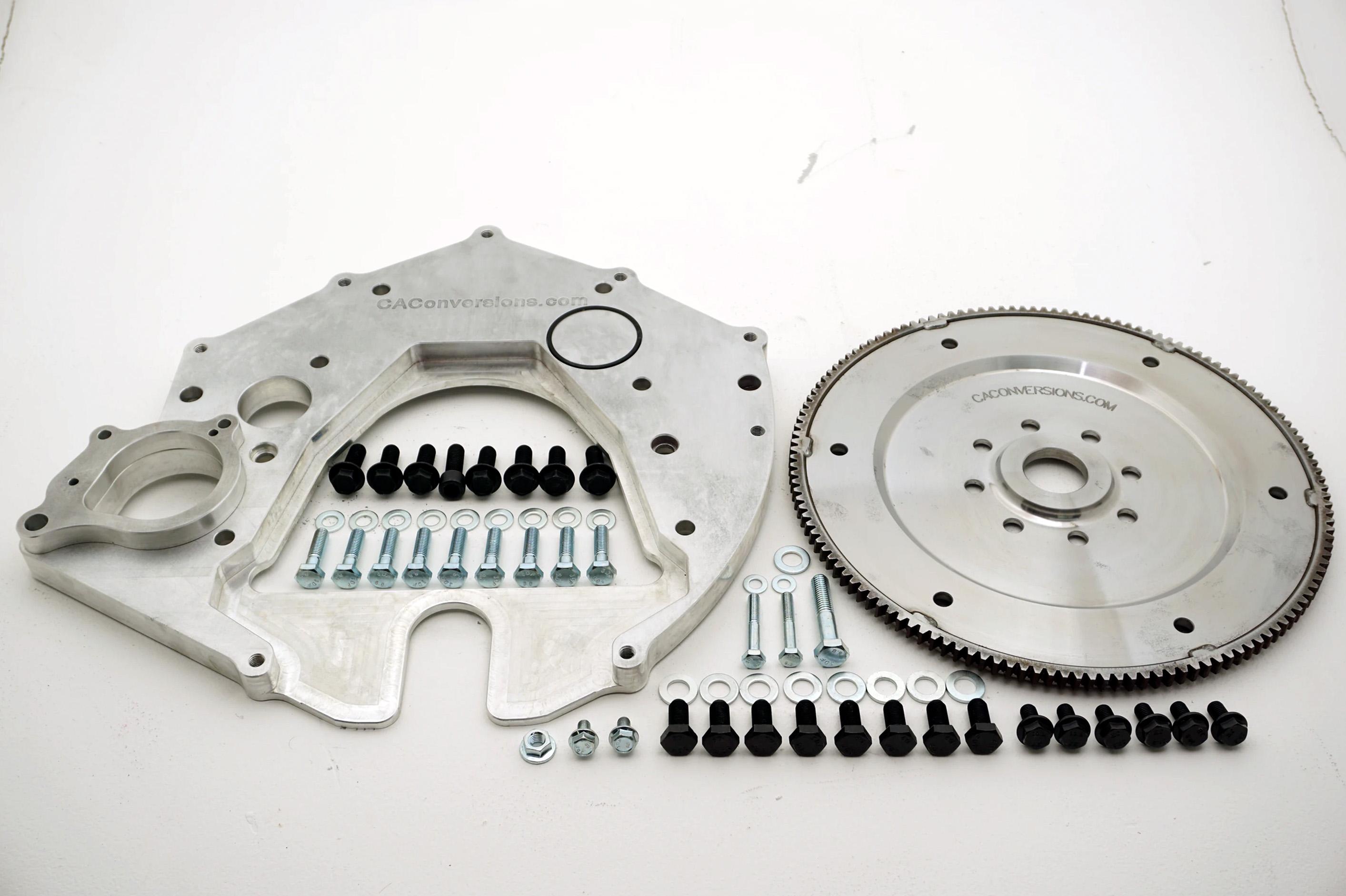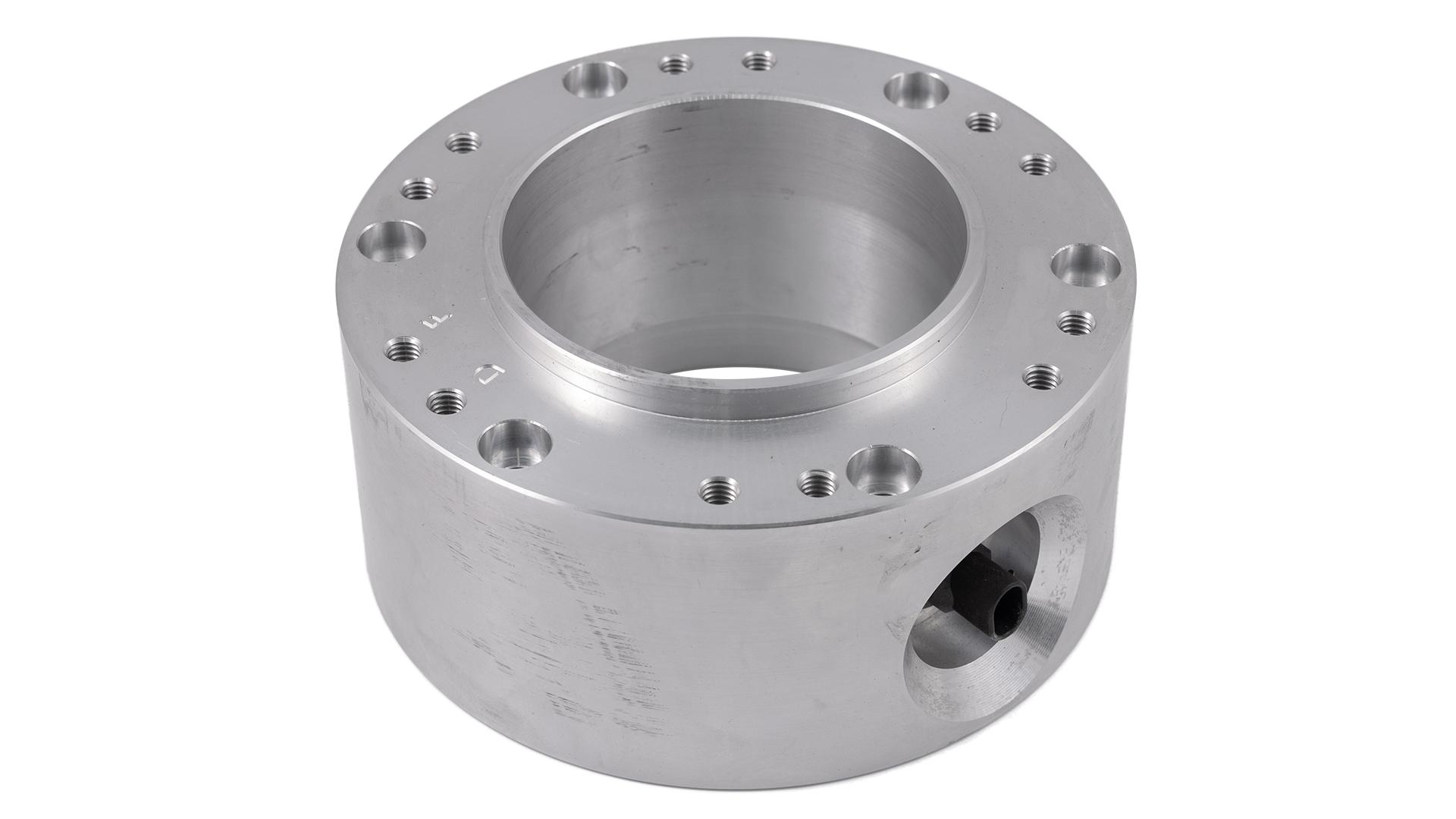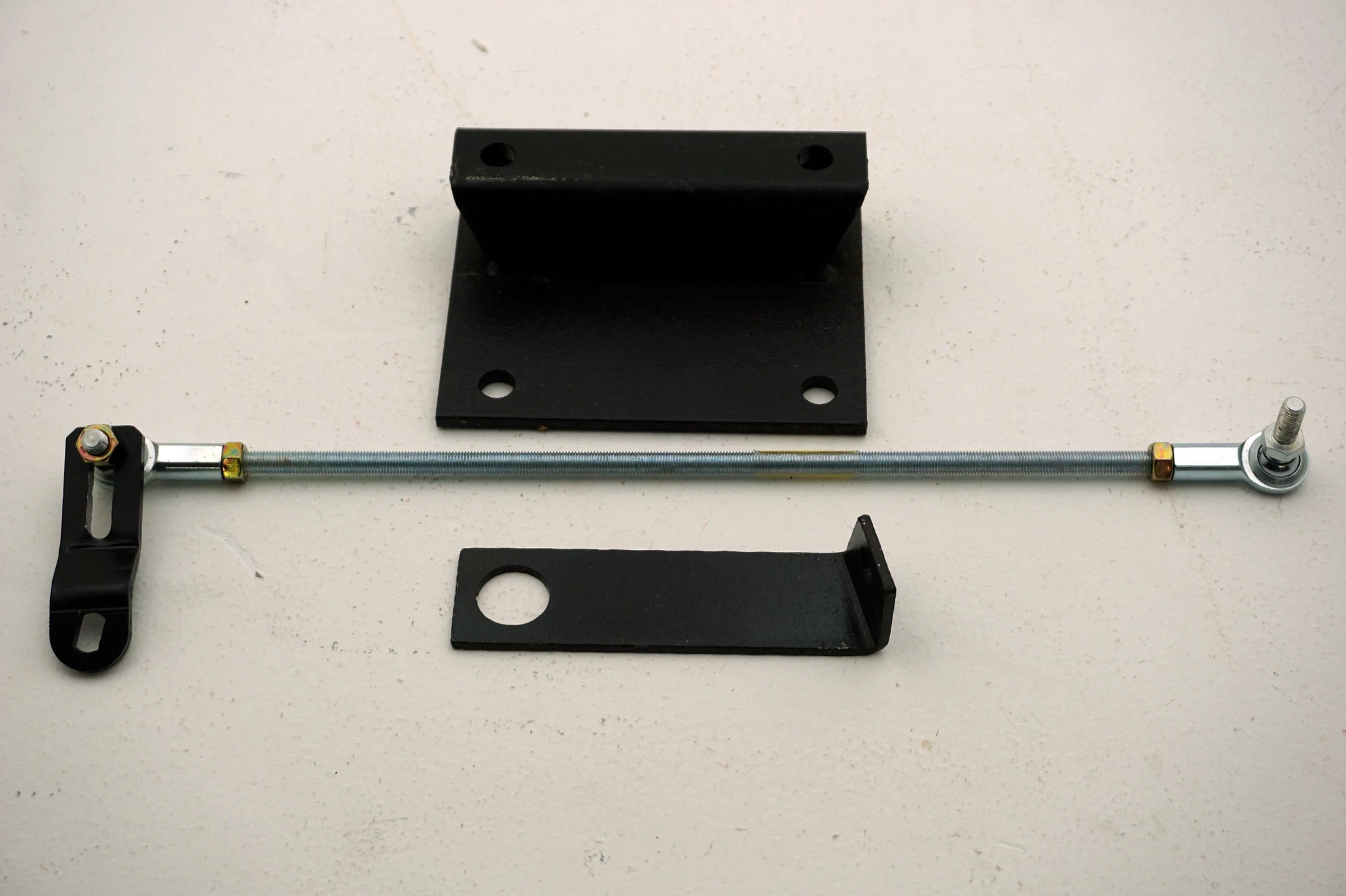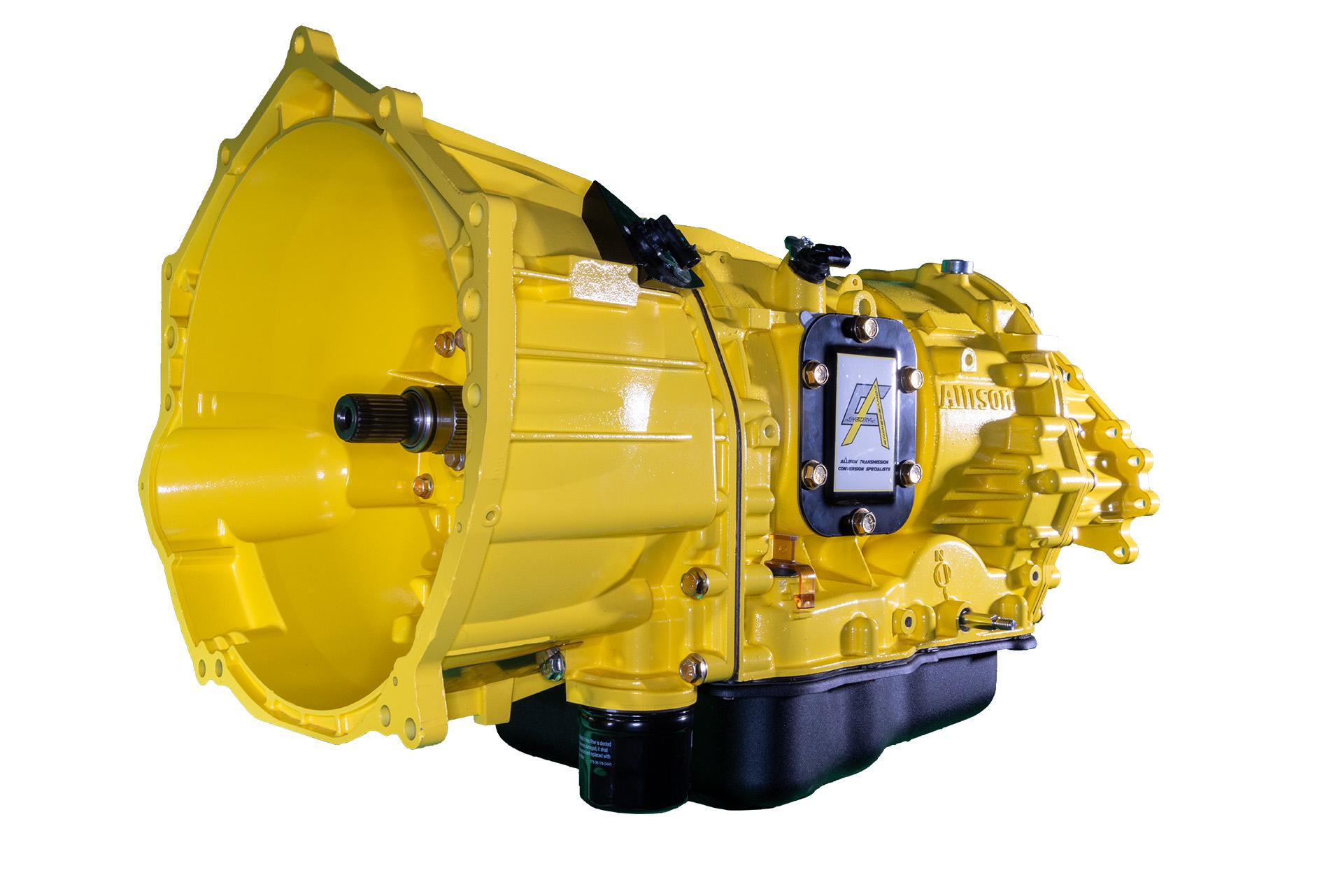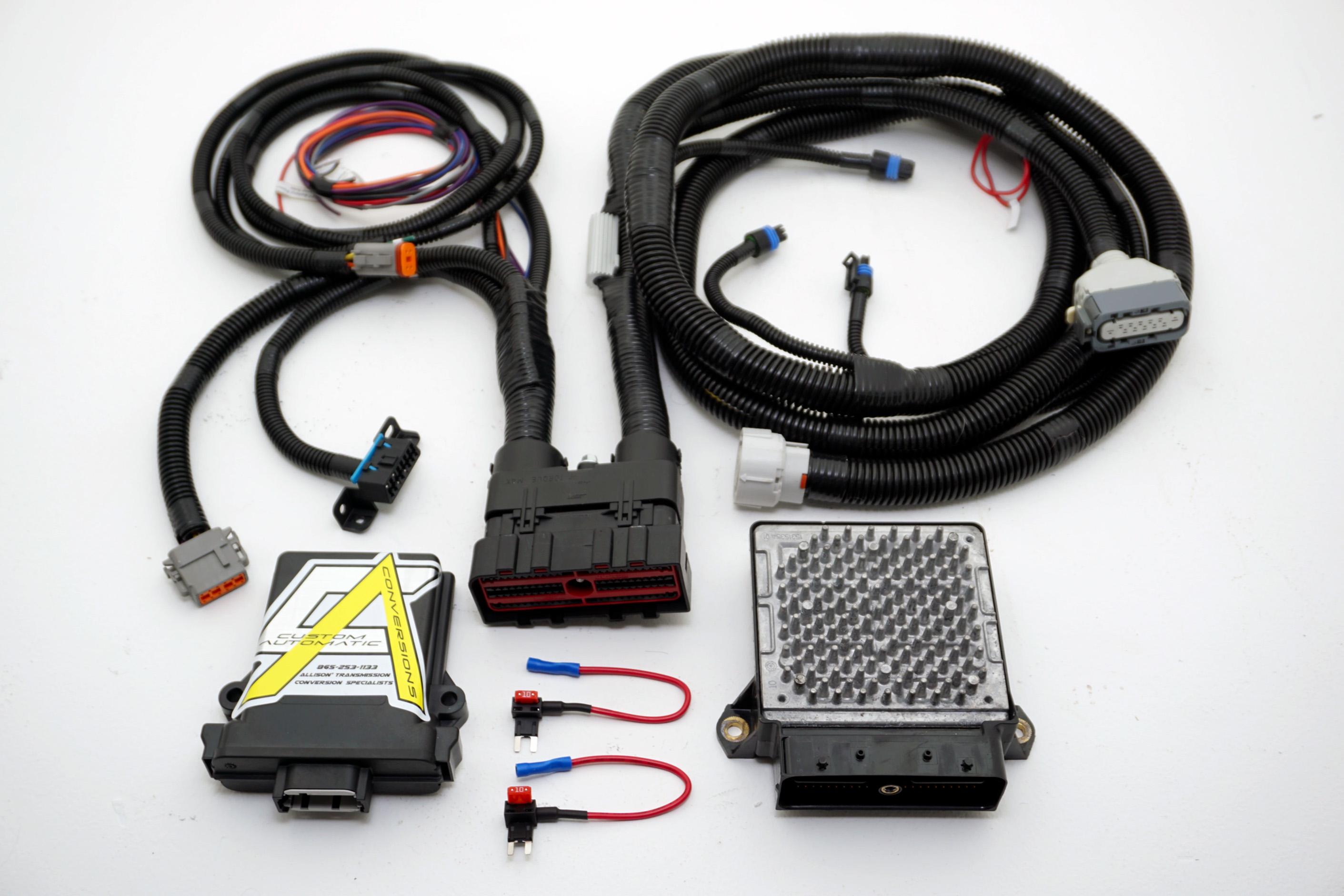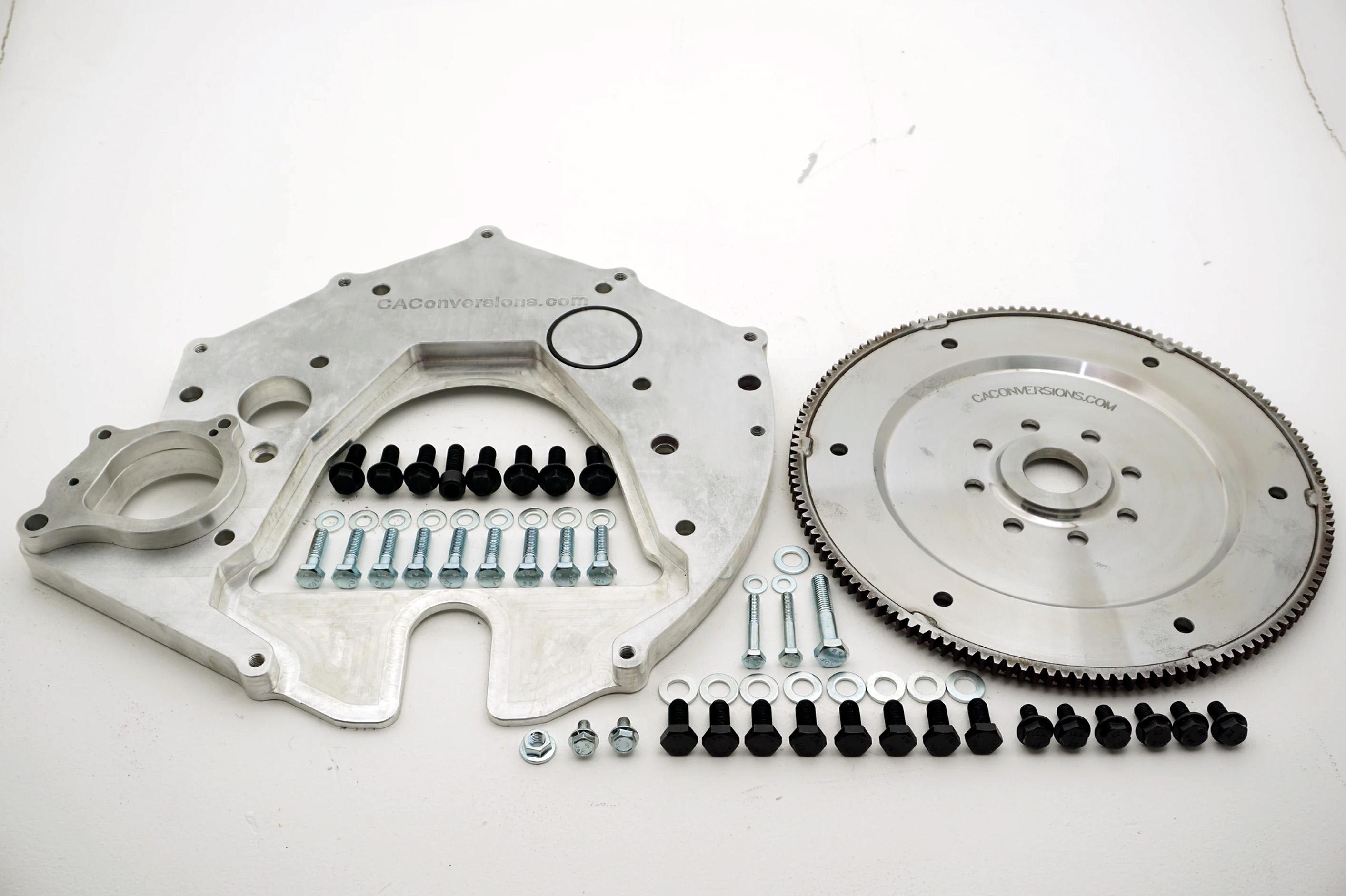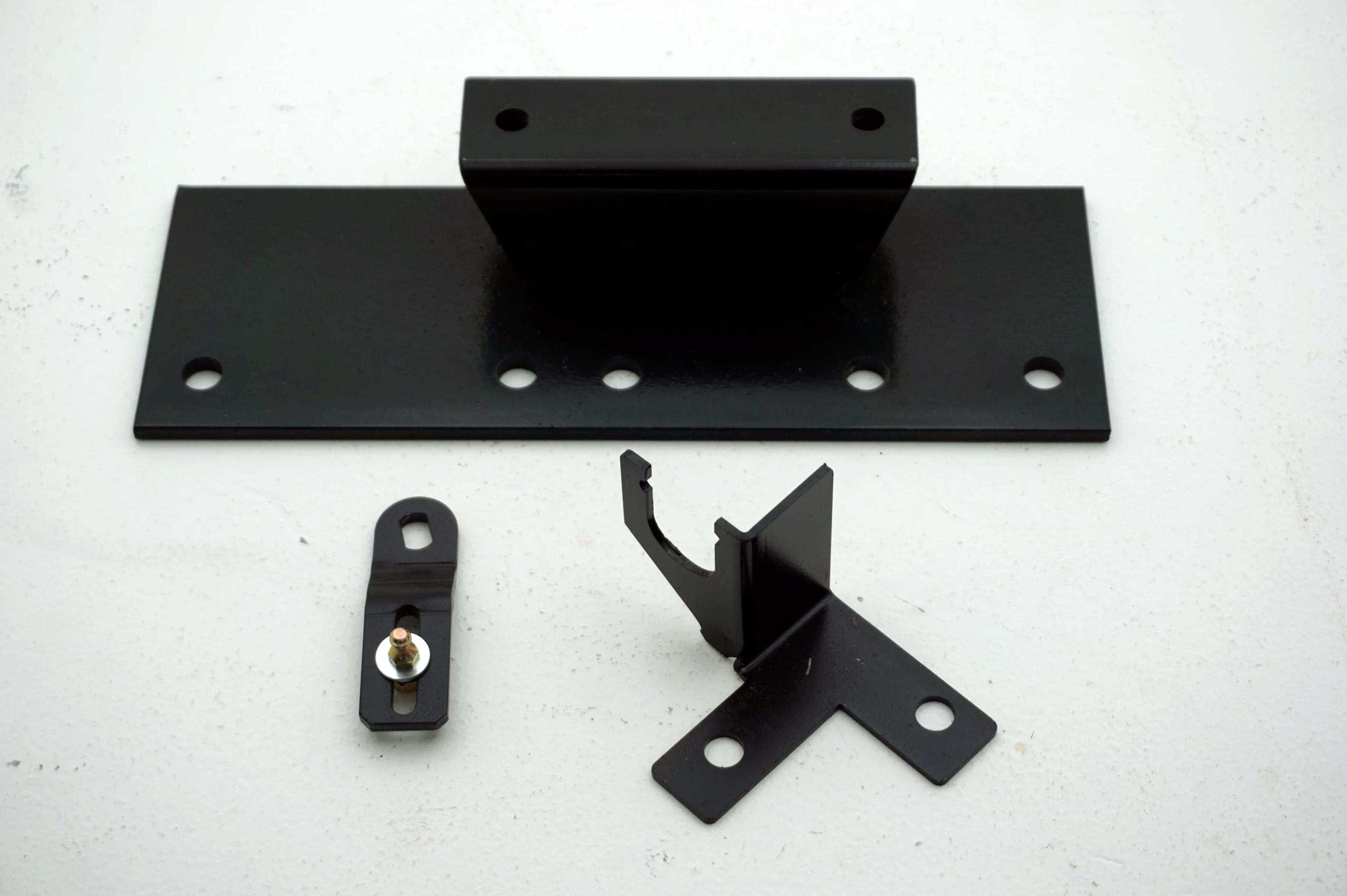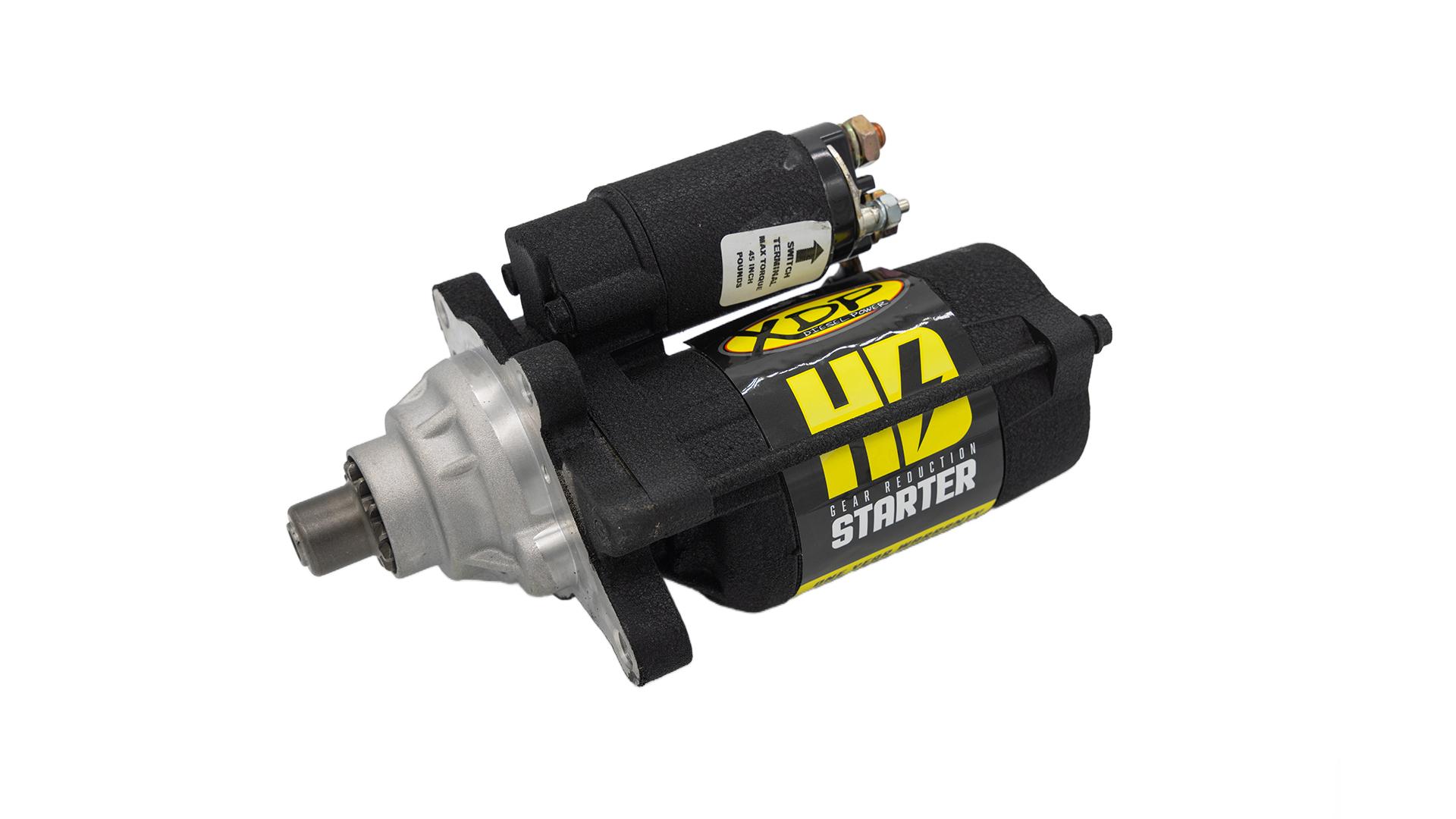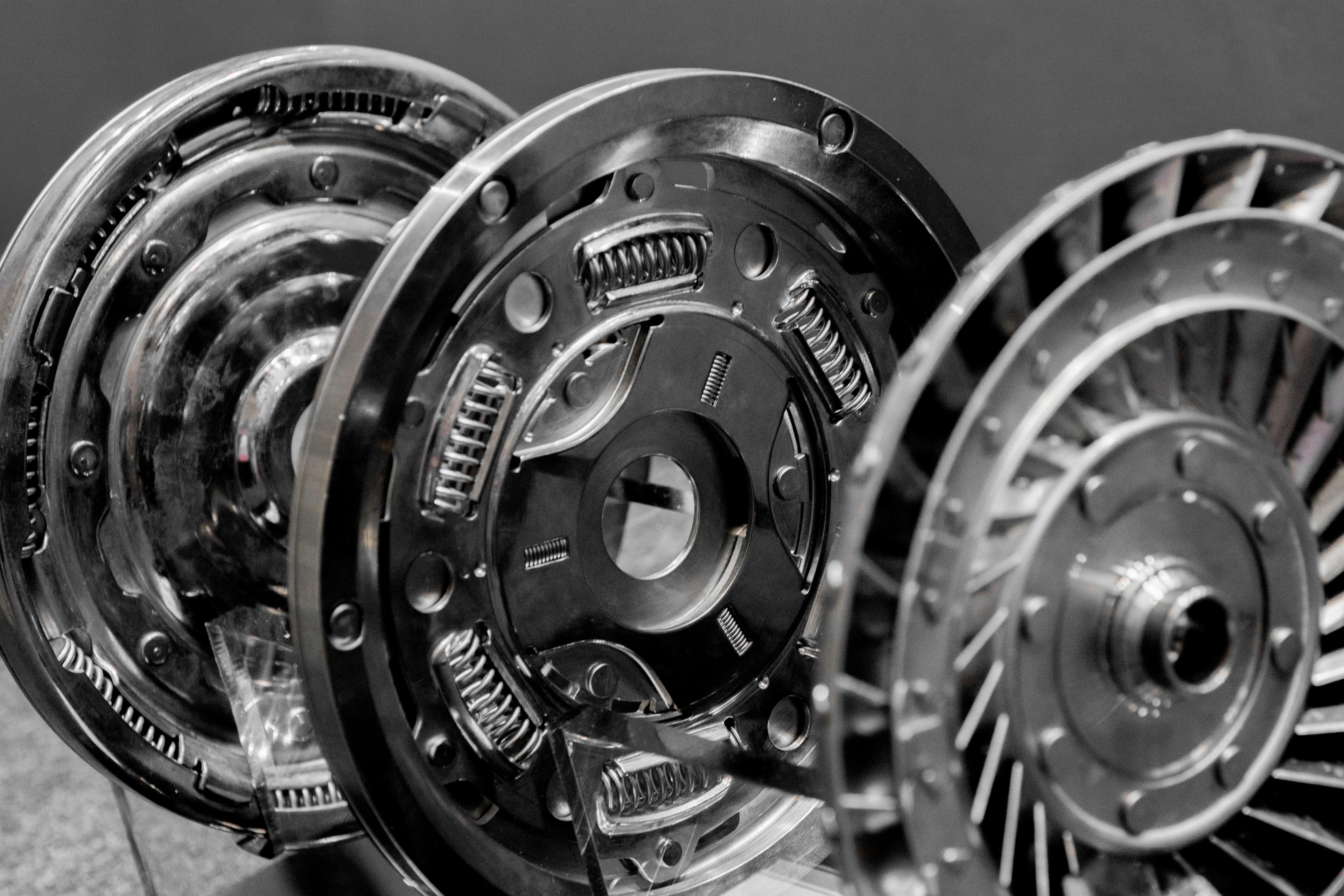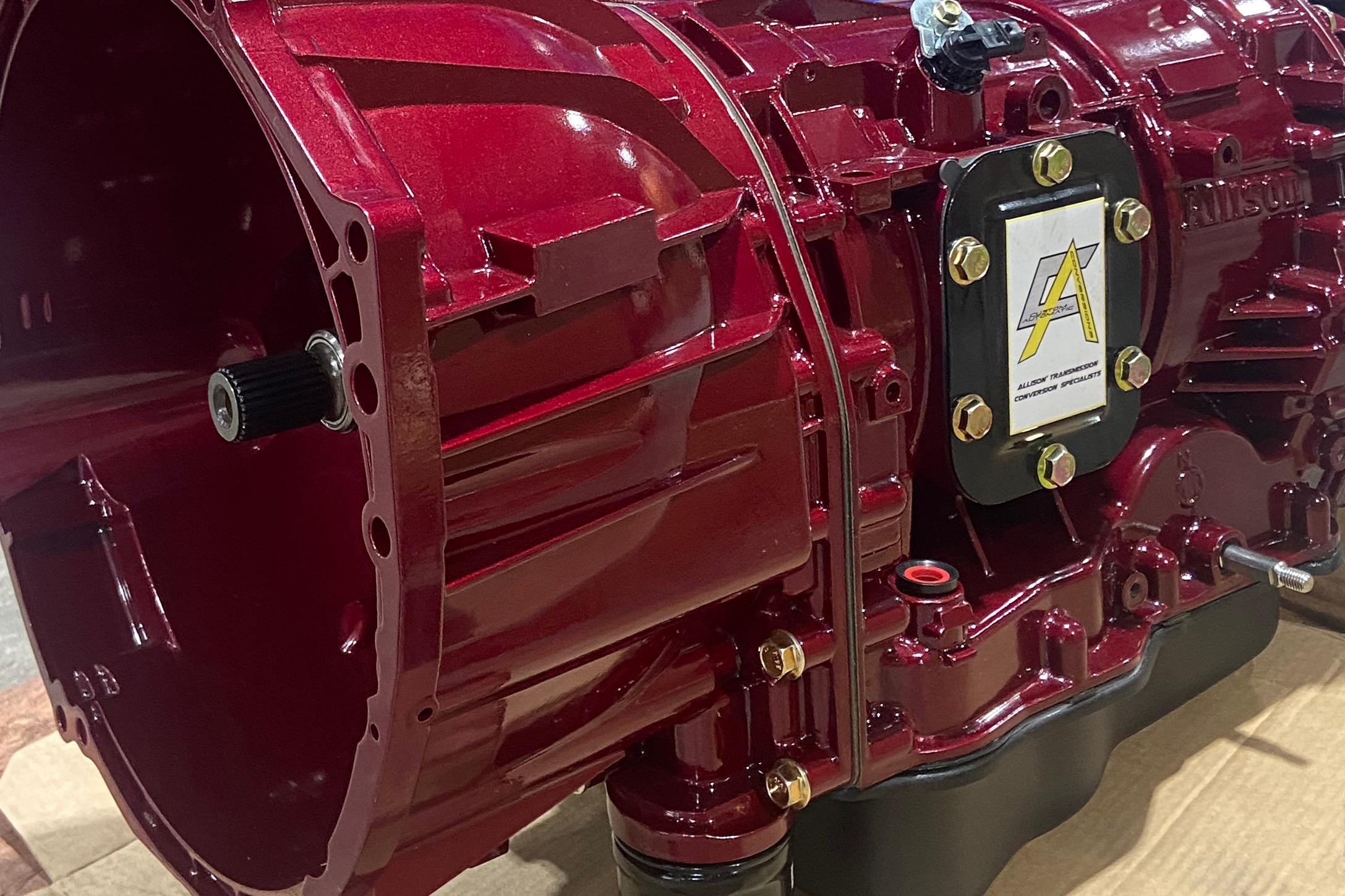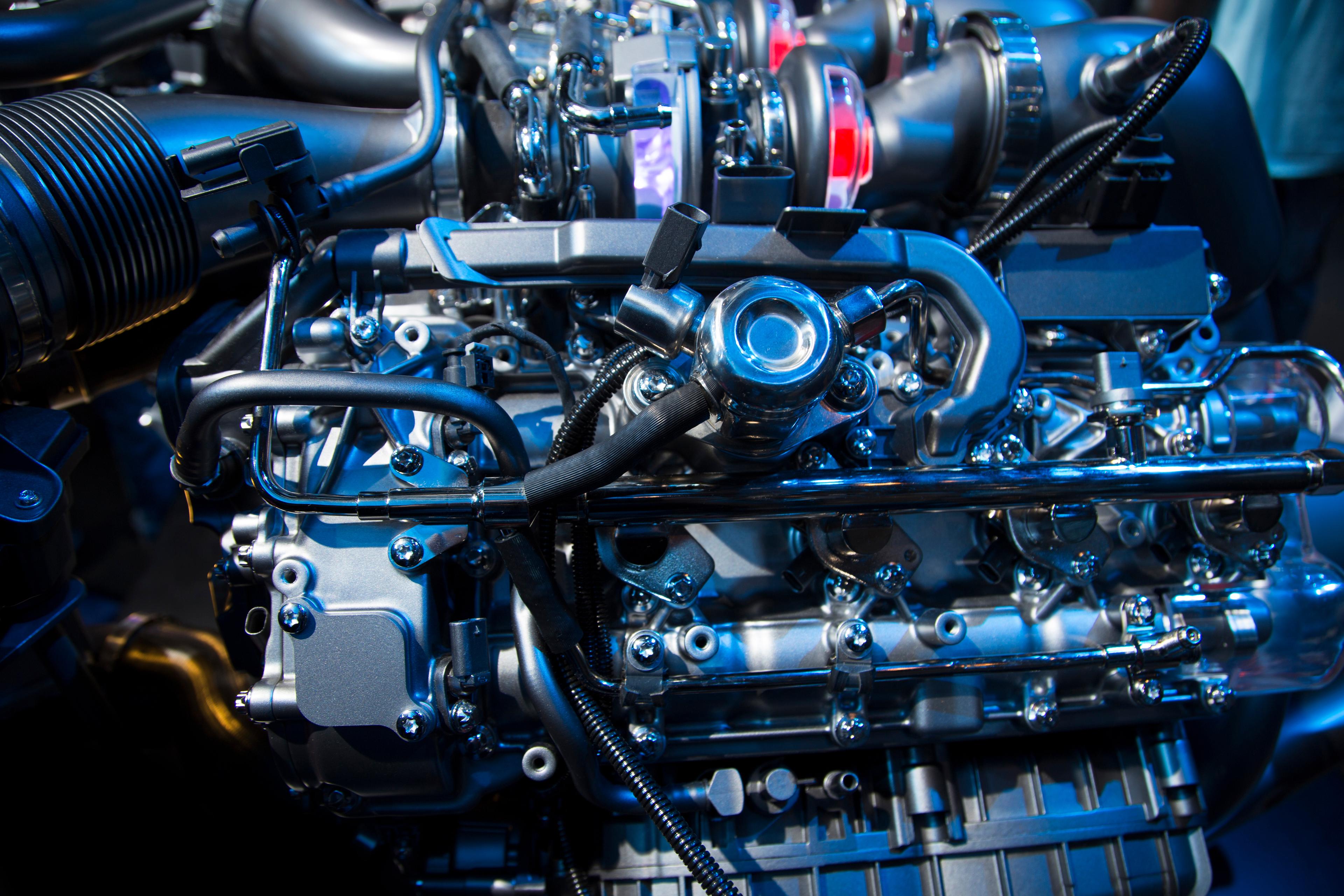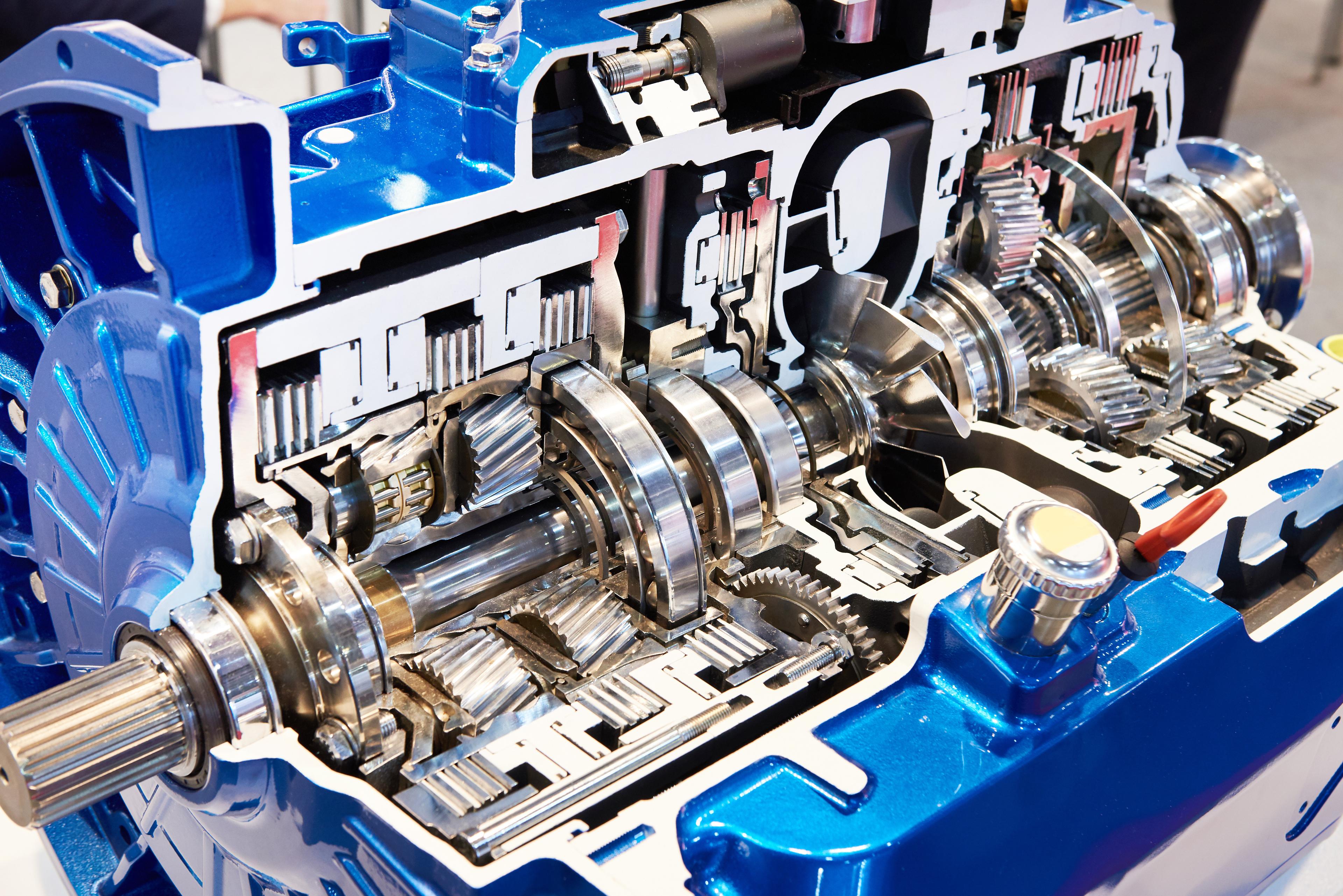Ford 4R100 Transmission

Convert your Ford 4R100 to an Allison
Transform Your Drive: Making the Switch to an Allison 1000PK Transmission
Configure your truckIntroducing the ultimate upgrade for your heavy-duty truck: the Ford 4R100 to Allison 1000PK transmission conversion. Transform your Ford's performance with this cutting-edge swap, designed to boost your towing capacity, fuel efficiency, and overall driving experience. The Allison 1000PK is renowned for its exceptional reliability, smooth shifting, and unmatched durability under extreme conditions, making it the ideal partner for your Ford 4R100-equipped truck. Whether you’re hauling heavy loads for work or embarking on an adventurous road trip, this conversion is the game-changer you’ve been waiting for—enabling your truck to operate at its full potential and take on any challenge that comes its way.

Overview of the 4R100 Transmission
The 4R100 is a heavy-duty automatic transmission designed and manufactured by Ford Motor Company. Introduced in the late 1990s as a successor to the E4OD, the 4R100 quickly earned respect among truck owners for its strength and high torque capacity. This four-speed automatic transmission was primarily designed for Ford trucks, including the F-250, F-350, and the Ford Excursion, equipped with either gas or Power Stroke diesel engines. The 4R100 has proven itself to be remarkably reliable and capable of handling severe usage conditions, particularly in the context of heavy towing and hauling duties.
With its electronically controlled operation and torque converter lock-up capabilities, the 4R100 transmission provides smooth and precise shifting that enhances both performance and fuel efficiency. Constructed with a robust aluminum case and featuring an advanced hydraulic system, the 4R100 was built with endurance in mind. Its design speaks to both durability and functionality. It offers a wide range of gear ratios, allowing for substantial towing and payload capacities, while still providing relaxed and fuel-efficient highway cruising.
However, as the trend in the industry has shifted towards more gears and increasingly sophisticated automatic transmissions, the 4R100 has begun to represent a previous generation of technology. It appeals to a certain kind of driver—those who value the proven reliability and uncomplicated nature of a classic, robust transmission. For these individuals, the 4R100 remains a cherished and trusted choice.
4R100 Features
The 4R100 transmission is a stalwart designed for heavy-duty Ford trucks. Known for its ruggedness and high torque capacity, here are some key features that make the 4R100 stand out:
- High Torque Capacity: Engineered for heavy-duty applications, the 4R100 is designed to handle high levels of torque, making it ideal for towing and hauling substantial loads.
- Electronic Controls: The 4R100 employs advanced electronic controls, which allows for precise and responsive shifting under a wide variety of operating conditions.
- Durable Construction: Built with a rugged aluminum case and known for its robust internal components, the 4R100 is constructed to withstand the demands of heavy-duty truck usage.
- Wide Gear Ratio Spread: The 4R100 features a broad range of gear ratios, allowing for strong towing capacity and fuel-efficient highway cruising.
- Torque Converter Lock-up: This feature allows for direct engine-to-transmission linkage in certain gears, enhancing fuel efficiency and power transfer to the wheels.
- Coast Clutch: Unique to the 4R100, this feature provides additional engine braking, which is especially beneficial when descending steep grades with heavy loads.
- Adaptable to Aftermarket Upgrades: Due to its longstanding popularity, a robust aftermarket exists for the 4R100, offering parts and upgrade options for those looking to improve the transmission’s performance further.
In summary, the 4R100 is a robust, reliable, and versatile automatic transmission designed to handle the rigorous demands of heavy-duty truck applications. Its features are tailored to offer drivers significant towing capacity and enduring performance under a variety of conditions.
4R100 Common Issues and Signs of Failures
While the 4R100 transmission is celebrated for its strength and heavy-duty performance, like any mechanical component, it can have its issues. Here are some common problems associated with the 4R100 transmission, along with signs that it might be failing:
- Torque Converter Failures: The torque converter is a common point of failure. Signs include slipping, shuddering, or a complete loss of drive.
- Overheating: The 4R100, especially when used for heavy towing, can be prone to overheating, which may lead to internal damage. An auxiliary cooler is a recommended addition.
- Worn Clutches and Bands: Over time, the clutches and bands that engage the gears can wear out, leading to slipping or delayed shifts.
- Failed Shift Solenoids: These components are responsible for controlling gear engagement and can fail, leading to shifting problems.
- Electronic Control Module Issues: The 4R100’s shifts are controlled electronically, and problems with the control module can result in erratic shifting patterns.
- Seal and Gasket Leaks: Over time, the seals and gaskets may degrade, leading to fluid leaks, which can result in erratic shifting or overheating.
Regular maintenance, including proper fluid changes and timely replacement of worn components, can significantly extend the life of a 4R100 transmission and prevent many of these issues.
When experiencing any of these symptoms, it is advisable to consult with a professional mechanic or transmission specialist to diagnose and address the problem before it leads to a complete transmission failure.
Rebuild, Replace, Converting to an Allison

Converting to the Allison 1000PK transmission can offer a significant improvement in the performance, durability, and efficiency of a vehicle. Known for its use in a wide range of applications, from light-duty trucks to heavy-duty commercial vehicles, the Allison 1000PK is a trusted choice for many looking to upgrade their transmission system. Below are some key benefits of making the conversion:
Allison transmissions, including the 1000PK series, are renowned for their durability and longevity. They are designed to handle heavy loads and demanding conditions, reducing the likelihood of frequent repairs and breakdowns, which makes the Allison 1000PK a long-lasting solution.
The Allison 1000PK provides superior torque and power handling, allowing for more efficient and safer towing and hauling. Whether you are pulling a large trailer, boat, or other heavy loads, this transmission can help your vehicle perform at its best under strenuous conditions.
With its sophisticated control system and efficient design, the Allison 1000PK can contribute to better fuel economy. By optimizing shift points based on load, speed, and other factors, it helps the engine run in the most efficient range, potentially saving fuel over time.
The robust design and high-quality components used in the Allison 1000PK often result in lower maintenance costs over time. Its proven durability under various conditions can lead to fewer required repairs and service intervals, translating to long-term cost savings.
The Allison 1000PK is designed to be compatible with a wide range of vehicles and applications. This makes it a versatile option for those looking to upgrade their transmission in various types of vehicles, from light trucks to commercial applications.
Installing a well-regarded and reliable transmission like the Allison 1000PK can increase the resale value of your vehicle. Buyers often appreciate the quality and dependability associated with Allison transmissions, which can make your vehicle more attractive on the resale market.
We provide everything you will need to get the swap done right

- Kit Includes
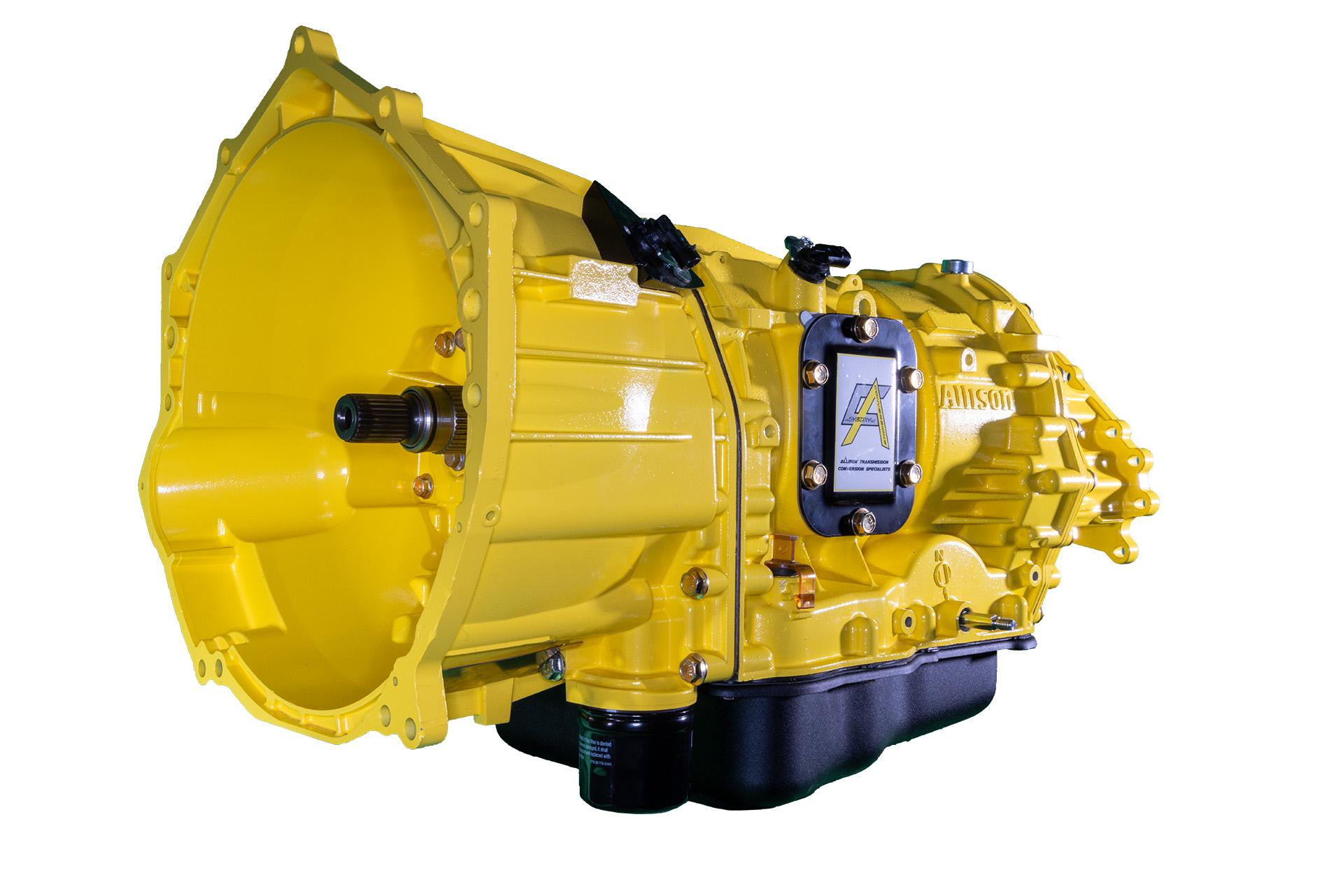
Allison 1000PK Transmission
Torque Converter to fit your needs
Wiring Harness
Flex Plate Adapter
Transfer Case Adapter, Couplers, and Tone Rings
Mounting Kit and Shift Linkage
Cooling Kit
CAC Digital Display
Allison Total Control Module (TCM)
CAC Total Control Module (TCM)
How to determine the Right Torque Converter
Maximizing Performance: Using Tire Diameter and Gear Ratio Calculations to Choose the Ideal Torque Converter

FAQ'S
What benefits can I expect from converting my Ford's current transmission to an Allison?
By converting your Ford's transmission to an Allison, you can expect improved durability, enhanced towing capability, better fuel efficiency, and smoother shifts, overall optimizing your vehicle's performance.
Are all Ford vehicles compatible with Allison transmission conversions?
While many Ford vehicles can benefit from an Allison transmission conversion, it's best to consult with a specialist to ensure your specific model's compatibility.
Can I use my existing Ford transfer case with an Allison conversion?
Yes, with our t-case adapters, you can use your existing Ford transfer case in an Allison conversion.
What types of Allison transmissions are best suited for Ford vehicles?
The Allison 1000 series is a popular choice for Ford vehicles due to its reliability and performance. However, the best choice depends on your specific needs and vehicle model.
What's the process involved in converting my Ford's transmission to an Allison?
The conversion process involves removing your Ford's current transmission, fitting the Allison transmission with the necessary adapters, and installing it. The wiring harness, TCM, and other components are also adjusted accordingly.
Will my vehicle's performance and fuel efficiency improve after an Allison transmission conversion?
Yes, an Allison transmission is designed to provide smoother shifts, greater durability, and improved fuel efficiency, all contributing to enhanced vehicle performance.
What specific components are included in the Allison conversion kit for Ford vehicles?
An Allison conversion kit typically includes components such as the transmission (if chosen), TCM, torque converter, wiring harness, adapters, and other necessary parts for the conversion.
Do I need to provide my own Allison transmission for the conversion, or can it be included in the kit?
You can choose to provide your own Allison transmission, or you can opt to include it with your conversion kit purchase.
Can I convert my Ford's transmission myself, or should I hire a professional?
While it's possible for experienced individuals to perform the conversion, it's generally recommended to seek professional help to ensure the job is done correctly and safely.
How long does a typical Allison conversion take for a Ford vehicle?
The conversion time can vary greatly depending on the vehicle and the specific conversion kit. On average, it might take a few days to complete.
Will an Allison conversion affect my Ford vehicle's warranty?
An Allison conversion may affect your vehicle's warranty depending on the terms and conditions of your specific warranty agreement. We recommend checking with your warranty provider before proceeding with the conversion.
What should I do if I face issues after converting my Ford's transmission to an Allison?
Should you encounter any problems post-conversion, we recommend contacting your conversion specialist for troubleshooting advice or potential service needs.
Can I use an Allison transmission from another vehicle (like a Chevrolet/GM) for my Ford conversion?
Yes, an Allison transmission from another vehicle can be used, provided it's compatible with your Ford model. Ensure to consult with your conversion specialist before proceeding.
Do you offer rebuilding services for Allison transmissions?
Yes, we provide rebuilding services for Allison transmissions, ensuring your transmission operates at peak performance.
What is the cost range for an Allison transmission conversion for Ford vehicles?
The cost can vary significantly depending on the specific Allison model, whether you're providing the transmission or purchasing it as part of the kit, and any additional services required. Please contact us directly for a more accurate estimate.


Financing Available
Financing is available, so that you can get on the road faster






